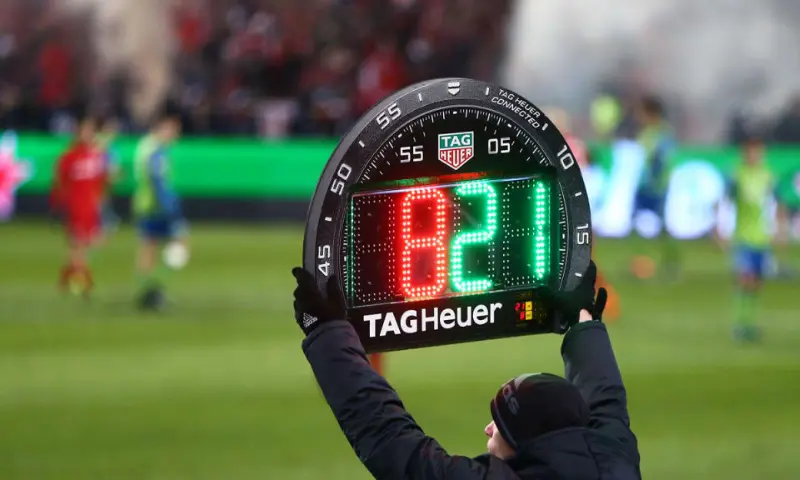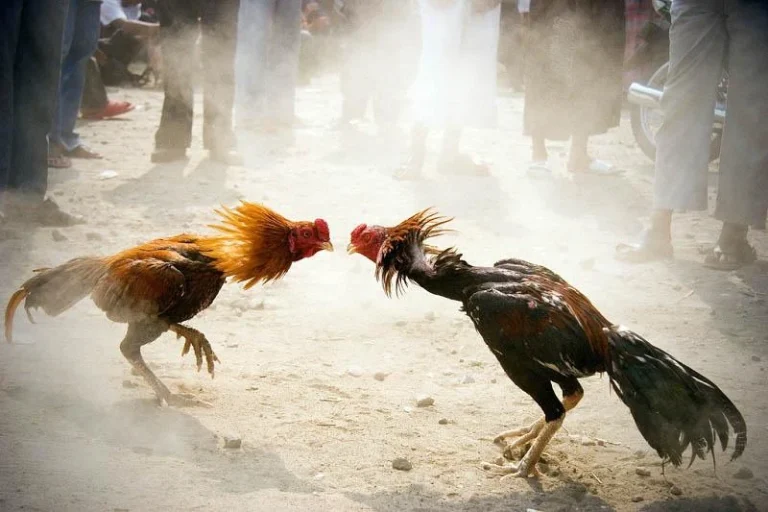FIFA Football Substitution Rules and Latest Regulations – 10JILI Guide
Substitutions are one of the most important strategic tools in football. Whether you’re a coach, a player, a fan, or someone who places bets, knowing how substitution rules work—and how they’ve evolved—is essential. These rules don’t just help manage fatigue or injury; they can also completely change the outcome of a match.
This guide from 10JILI breaks down the current FIFA substitution rules, their history, and why they matter, in a way that’s easy to understand and apply.
Learn a bit about Substitution Rules in Football 10JILI

(Substitution rules in soccer) 11 people are regulations set forth by the World Soccer Organization. Teams will rely on it to adjust and change players and lineups during the match. The coach will have to come up with an appropriate plan to suit the situation of the match and improve the chances of winning.
According to current rules, each team will be allowed to change fixed players during the match. This is to create conditions for teams to optimize their formation and use people at the right time. Thanks to that, the match is fair and more interesting.
Change process of Substitution Rules in Football
Football hasn’t always allowed substitutions. The evolution of substitution laws reflects changing attitudes toward player safety and match strategy.
-
Before 1958: No substitutions were permitted, even in the case of injury.
-
1958: FIFA allowed one substitution per team.
-
1967: The limit increased to two players.
-
1995: Teams were allowed three substitutions, including one for a goalkeeper.
-
2020: Amid the COVID-19 pandemic, FIFA temporarily permitted five substitutions to protect player health due to condensed match schedules.
-
2022: The five-substitution rule became permanent in top-tier competitions.
As football continues to evolve, 10JILI stays current with these adjustments to help players and bettors stay informed.
Important provisions of the substitution law

Before depositing money to bet on football, you need to clearly understand the substitution rules to predict, evaluate, and make accurate decisions. Below are the newly updated substitution regulations in football rules from FIFA.
Substitution rules in soccer properly
- Substitutions in each soccer match will be applied based on general regulations. It is necessary to understand the correct substitution regulations from FIFA so that you can understand how the field is going, specifically:
- Players are replaced only when the referee decides to temporarily stop the match.
- When the decision is made, the substitution sign is raised and the referee allows the player to leave the field. The player being substituted will come towards the backboard and replace the new player entering the field.
- If at halftime, teams can replace players but must respond quickly in time.
- Players can refuse the substitution decision and continue participating in the match.
Time can change people
- Depending on the specific situation, such as a player’s injury, INJ, etc., the coach can decide to substitute. The time for substitutions in football is regulated by FIFA as follows:
- For 90 minutes – the official playing time of a football match.
- At halftime after the end of the first half of the match.
- If there is a break before extra time, players can also be changed.
Number of substitutions possible during the match

How many players can be replaced in football according to the latest FIFA regulations? In official football tournaments, the substitution rule stipulates that the number of substitutions during the match will be a maximum of 5 people in 3 substitutions. Any position can be changed depending on each team’s tactics and the match situation. Below are the rules for the number of players to be replaced:
Each match will have a maximum of 11 people including a goalkeeper. If any team does not have 7 players, the match cannot take place.
Only individuals whose names are on the registration list before the match takes place can be substituted.
Teams may apply the substitution rule during breaks between rounds.
Each tournament will be regulated by the minimum number of players by the federations without common rules.
If it is discovered that a substitute player has entered the field without the referee’s permission, the match will stop and the player will be invited to play. Football teams need to pay attention to this issue, this is a penalty rule to ensure fairness in competition.
Conclusion
FIFA and IFAB have modernized substitution rules to reflect today’s football realities—balancing player safety, tactical richness, and game integrity. The five-substitute format, with three substitution periods and extras for extra time and concussion, provides flexibility without slowing the game. Supported by permanent codification in the Laws of the Game (effective from July 2022), these regulations are now mainstream.
For fans and bettors, understanding substitution patterns offers deeper insight into match trends. Coaches gain more levers to influence play. And most importantly, improved football welfare and match fairness benefit everyone involved.
Stay informed on any competition-specific tweaks, such as bench sizes or extra-time allowances. With these substitution rules firmly understood, you’ll be better equipped to analyze matches, cheer loudly, and—if you bet—make sharper predictions.







